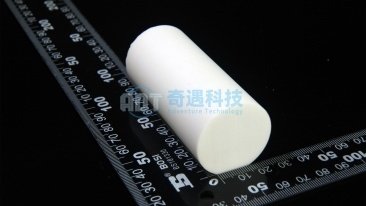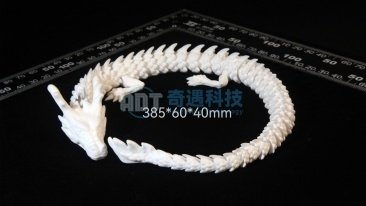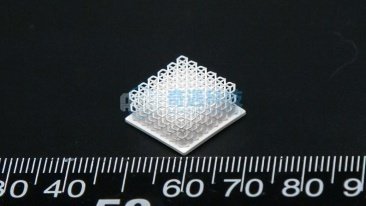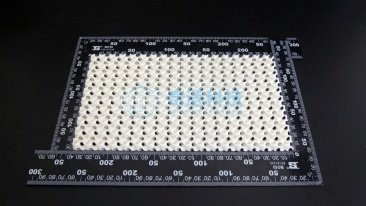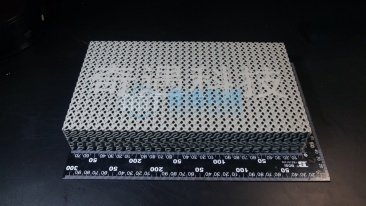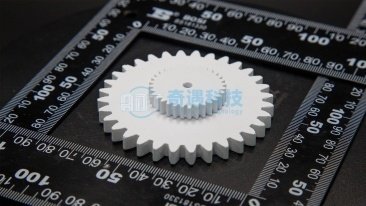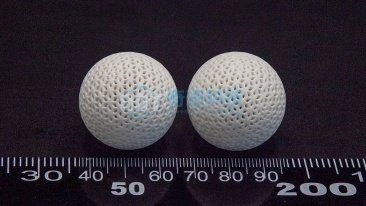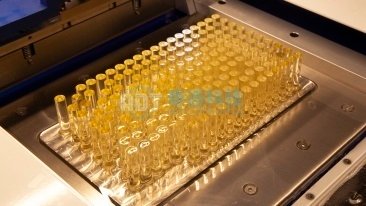(144-75)-4.png)
(144-75)-2.png)
(144-75)-3.png)
(144-75)-1.png)
DLP Ceramic 3D Printer for Industry
- 1
Large printing area
Maximum print size of 288 x 162 mm, meeting industrial large-format requirements.
- 2
High printing efficiency
600 layers per hour (alumina), ensuring industrial printing efficiency.
- 3
High printing precision
Optical precision up to 50μm, satisfying high-precision printing needs.
- 4
High material utilization
Peristaltic filter feeding system significantly reduces the material required for each print.
Why Choose Our Ceramic 3D Printing Solutions

Precision Printing
Achieve unparalleled accuracy in ceramic 3D printing for complex geometries and intricate designs.

Dental Printing
Create precise dental restorations, implants, and prosthetics with advanced ceramic 3D printing.

Medical Ceramics
Produce biocompatible ceramic components for medical implants and surgical tools.

High-Quality Materials
Utilize advanced ceramic materials for durable and high-performance components.

Eco-Friendly
Sustainable printing methods reduce waste and environmental impact.

Versatile Applications
From aerospace to medical, our technology supports diverse industry needs.
Product Introduction
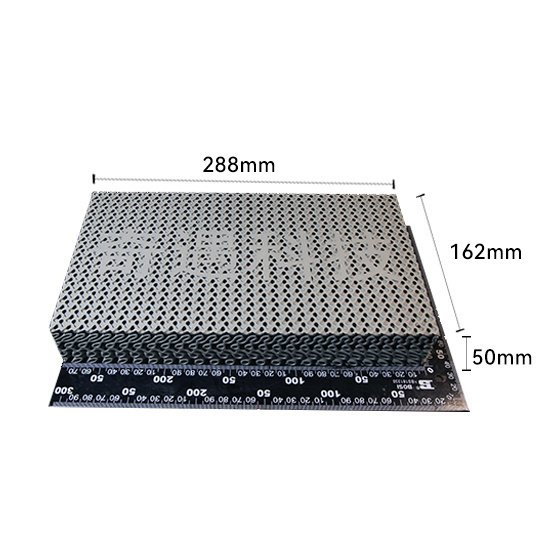
Large Dimensions
The maximum print size is 288 x 162 x 120 mm, supporting the integrated production of large ceramic components and the batch production of fine, small-sized samples. This capability meets production demands in aerospace, automotive manufacturing, and the 3C industry.
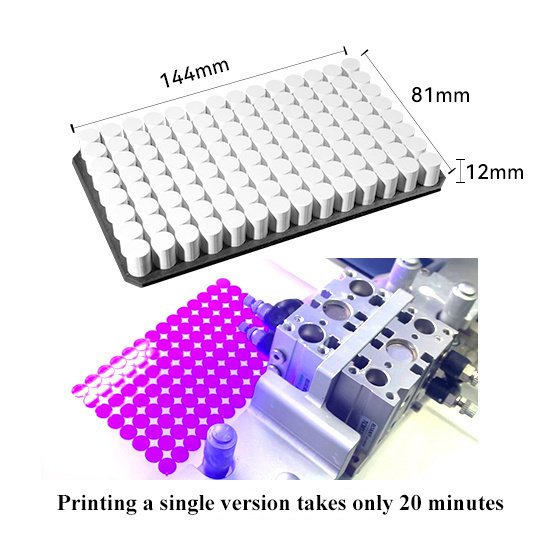
High Printing Efficiency
Printing efficiency of 600 layers per hour (using alumina as an example) significantly shortens the production cycle for ceramic parts, making it suitable for prototypes requiring rapid validation or iteration, as well as large-scale industrial applications.
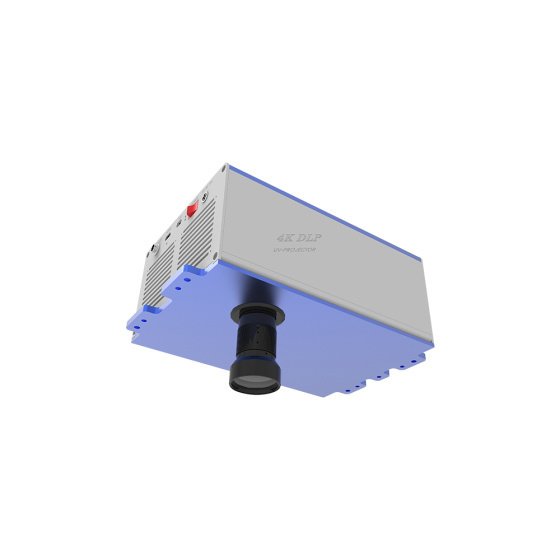
High Printing Precision
With micron-level printing precision, it enables the precise manufacturing of complex geometric structures, suitable for high-precision component processing, such as precision molds, ensuring the stability and consistency of the final product quality.
Printing Case
For more case and model information, please contact us
| Equipment Type | ADT-3D-ZP-Printer-Pro-144-37.5 | ADT-3D-ZP-Printer-Pro-192-50 | ADT-3D-ZP-Printer-Pro-288-75 |
|---|---|---|---|
| Equipment size | 985*610*1900mm | 985*610*1900mm | 1215*805*1980mm |
| Forming Space | 144*81*120mm | 192*108*120mm | 288*162*120mm |
| Optical precision | 37.5μm | 50μm | 75μm |
| Resolution ratio | 3840*2160 | ||
| UV wavelength | 405nm | ||
| Print rate① | 600 layers/hour | ||
| Slurry Starting Volume② | 0.5L | 1L | 1.5L |
| Printable Materials | Zirconia, Alumina, Silicon Carbide, Silicon Oxide, Hydroxyapatite, Barium Titanate, all photosensitive ceramic materials that can be UV curable, all kinds of photosensitive resin materials | ||
① Printing Speed: Full-area printing speed for alumina slurry.
② Slurry Starting Volume: The volume of material required to print the 1mm thickness sample.

